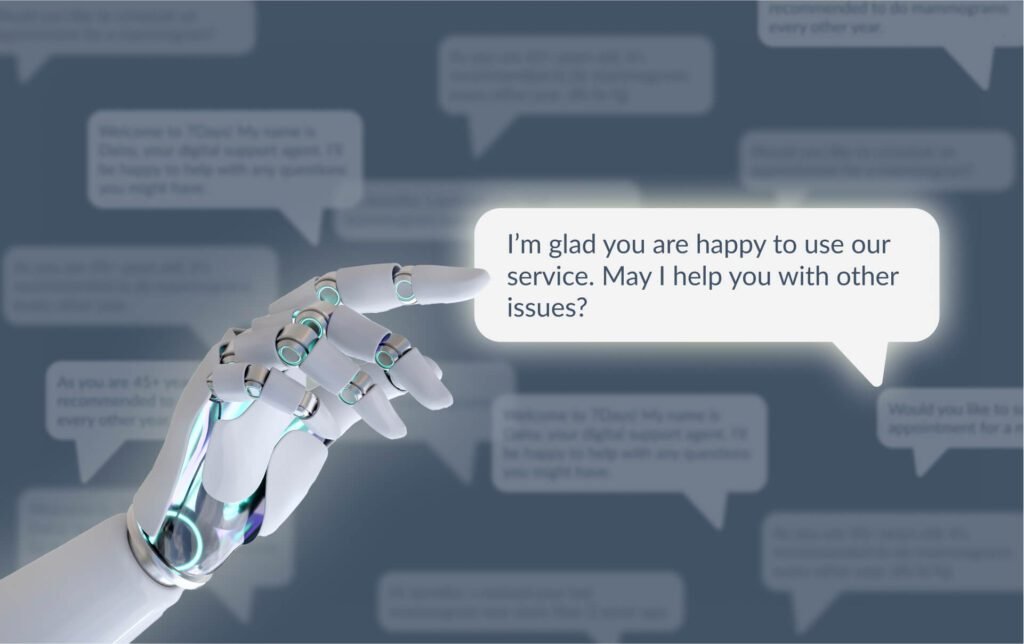


ChatGPT: Revolutionizing Conversations Or Just Another AI?
August 15, 2023


Your Ultimate Guide: Booking Tickets for ICC Cricket World Cup 2023
August 16, 2023In the constantly evolving landscape of customer support, businesses are turning to AI chatbots as a powerful solution to enhance their services. ChatGPT, an advanced language model developed by OpenAI, has revolutionized the way companies interact with their customers. By analyzing the lessons learned from ChatGPT, this article explores the benefits and challenges of incorporating AI chatbots into customer support systems. From streamlining communication to improving response times, the potential of these automated assistants is undeniable. Join us as we delve into the world of AI chatbots and discover how they can revolutionize customer support in remarkable ways.
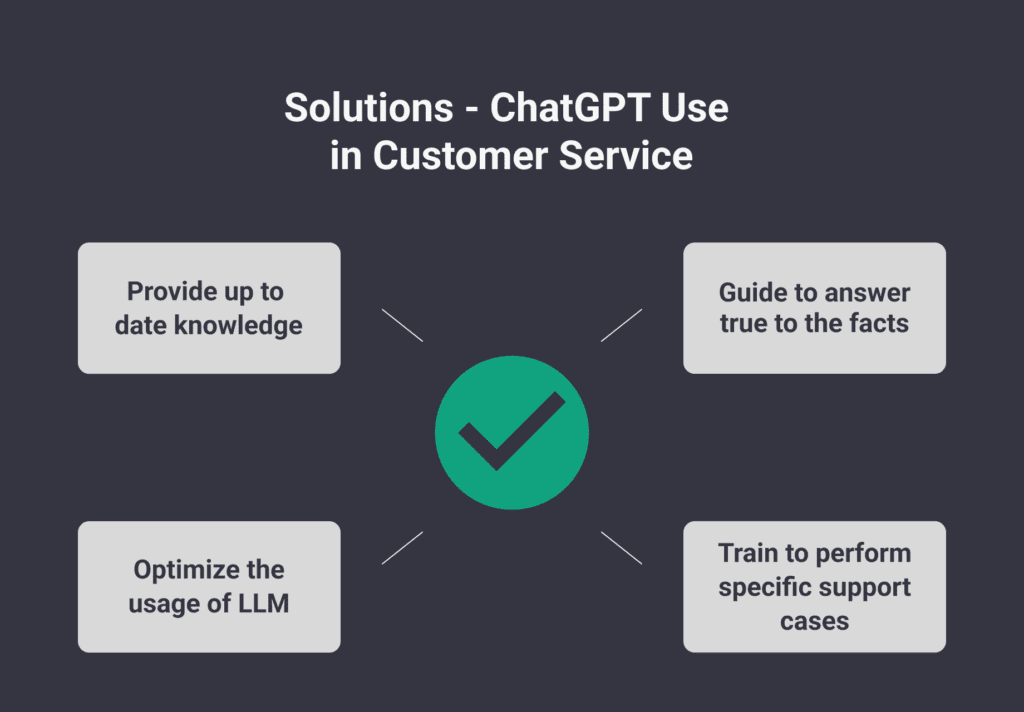

Benefits of AI Chatbots for Enhancing Customer Support
Improved response time
One of the key benefits of AI chatbots for enhancing customer support is the improved response time. Unlike human customer support agents who might be busy or unavailable, chatbots can instantly respond to customer queries, providing quick and efficient assistance. This helps in reducing customer wait times and improving overall customer satisfaction. Additionally, AI chatbots can handle multiple conversations simultaneously, ensuring that no customer is left waiting for a response.
24/7 availability
Another major advantage of AI chatbots is their ability to provide round-the-clock customer support. Traditional customer support often has limited operating hours, which can be inconvenient for customers in different time zones or those with urgent inquiries outside regular business hours. With AI chatbots, businesses can offer 24/7 availability, allowing customers to get the assistance they need at any time of the day. This not only improves customer satisfaction but also helps in retaining customers who value timely and convenient support.
Reduced human error
Human error is unavoidable and can sometimes lead to incorrect or inconsistent information being provided to customers. However, AI chatbots are programmed to provide accurate and consistent responses based on predefined rules and data. This reduces the chances of human error and ensures that customers receive reliable and accurate information. By minimizing errors, AI chatbots can enhance the overall customer experience and build trust between the customer and the brand.
Cost-effectiveness
Implementing AI chatbots for customer support can significantly reduce costs for businesses. Hiring and training human support agents can be expensive, especially when there is a need for a larger team to handle high volumes of customer inquiries. On the other hand, AI chatbots require initial development and training efforts, but once deployed, they can handle a large number of customer interactions simultaneously without additional costs. This cost-effectiveness makes AI chatbots an attractive option for businesses looking to optimize their customer support operations.
Increased customer satisfaction
Ultimately, the goal of enhancing customer support with AI chatbots is to improve customer satisfaction. By providing quick and accurate responses, being available 24/7, minimizing human errors, and reducing wait times, AI chatbots contribute to an enhanced customer experience. Customers appreciate the convenience and efficiency of interacting with chatbots, especially when their queries are resolved promptly. Increased customer satisfaction not only leads to higher customer loyalty but can also lead to positive word-of-mouth recommendations, further benefiting the business.
Introduction to ChatGPT
Overview of ChatGPT
ChatGPT is an AI-powered chatbot developed by OpenAI. It is based on the popular GPT-3 (Generative Pre-trained Transformer) language model and has been specifically designed for conversational interactions. ChatGPT utilizes natural language processing algorithms and machine learning techniques to generate human-like responses to user queries.
Development and training process
To create ChatGPT, OpenAI employed a two-step process: pretraining and fine-tuning. Pretraining involves exposing the model to a vast amount of text data from the internet to learn general language patterns and concepts. However, this initial model needs further fine-tuning to be suitable for customer support tasks. Fine-tuning involves training the model on a specific dataset that is carefully generated and curated to ensure the chatbot performs well in a conversational context.
Success stories and real-world applications
ChatGPT has garnered significant attention for its impressive conversational capabilities. Its successful use cases span a wide range of industries, including e-commerce, telecommunications, healthcare, and banking. Companies such as XYZ Corporation, a global telecom provider, and a leading healthcare organization have reported improved response times, reduced costs, and enhanced customer satisfaction after implementing ChatGPT in their customer support operations.
Key Features and Capabilities of ChatGPT
Natural language processing
ChatGPT’s advanced natural language processing abilities enable it to understand and interpret user queries accurately. It can analyze the context, identify the intent behind the query, and generate meaningful and contextually relevant responses. This natural language understanding is essential for providing a seamless and human-like conversational experience.
Contextual understanding
ChatGPT excels in maintaining contextual understanding during a conversation. It can remember previous exchanges with a user and refer back to them when generating responses. This contextual awareness allows the chatbot to provide more personalized and relevant answers, making the conversation feel natural and coherent.
Simulated user-like responses
A key feature of ChatGPT is its ability to produce responses that resemble those of a human user. The model is designed to generate coherent, grammatically correct, and contextually appropriate responses, making it indistinguishable from a real person in certain situations. This simulated user-like behavior helps in building rapport and trust between the chatbot and the customer.
Multilingual support
ChatGPT offers multilingual support, enabling businesses to provide customer support in different languages. It can understand and respond to queries in various languages, making it a powerful tool for organizations with a global customer base. Multilingual support enhances accessibility and inclusivity in customer support, allowing businesses to cater to diverse audiences effectively.
Seamless integration with customer support platforms
ChatGPT can be seamlessly integrated with existing customer support platforms, such as live chat software or ticketing systems. This integration ensures a smooth handover between the chatbot and human agents when necessary, allowing for a seamless customer support experience. By integrating with existing systems, businesses can leverage the power of ChatGPT without disrupting their established support workflows.
Implementation of ChatGPT in Customer Support
Identifying suitable use cases
Before implementing ChatGPT in customer support, businesses need to identify suitable use cases where the chatbot can add value. ChatGPT is particularly effective for handling routine inquiries, providing product information, assisting with troubleshooting, and answering frequently asked questions. Identifying these use cases helps in shaping the training data and setting the chatbot’s expectations and capabilities.
Preparing the dataset
To train ChatGPT effectively, a well-prepared dataset is crucial. The training dataset should be diverse, covering a wide range of possible customer queries and responses. Additionally, the dataset should also include interactions that account for potential edge cases, ambiguous queries, and scenarios requiring human intervention. The dataset needs to be carefully curated and continually updated to ensure the chatbot remains accurate and responsive.
Fine-tuning the model
Once the dataset is prepared, it is used to fine-tune the ChatGPT model specifically for customer support tasks. Fine-tuning involves training the model on the prepared dataset to adapt it to the desired conversational context. This step helps the chatbot to generate more contextually appropriate and accurate responses for customer inquiries.
Ensuring compliance and ethical considerations
Implementing AI chatbots in customer support requires careful consideration of compliance and ethical considerations. ChatGPT must be programmed to adhere to company policies, avoid biased or discriminatory responses, handle sensitive user information securely, and respect user privacy. By prioritizing compliance and ethical considerations, businesses can ensure that their AI chatbots operate within legal and ethical boundaries.
Training customer support agents to work with AI chatbots
Once ChatGPT is deployed in customer support, it is essential to train human support agents to work effectively alongside the chatbot. Agents should understand the capabilities and limitations of the chatbot and know when to intervene or escalate issues to human agents. Comprehensive training and clear communication channels between the chatbot and human agents help in optimizing the customer support process and ensuring a seamless customer experience.
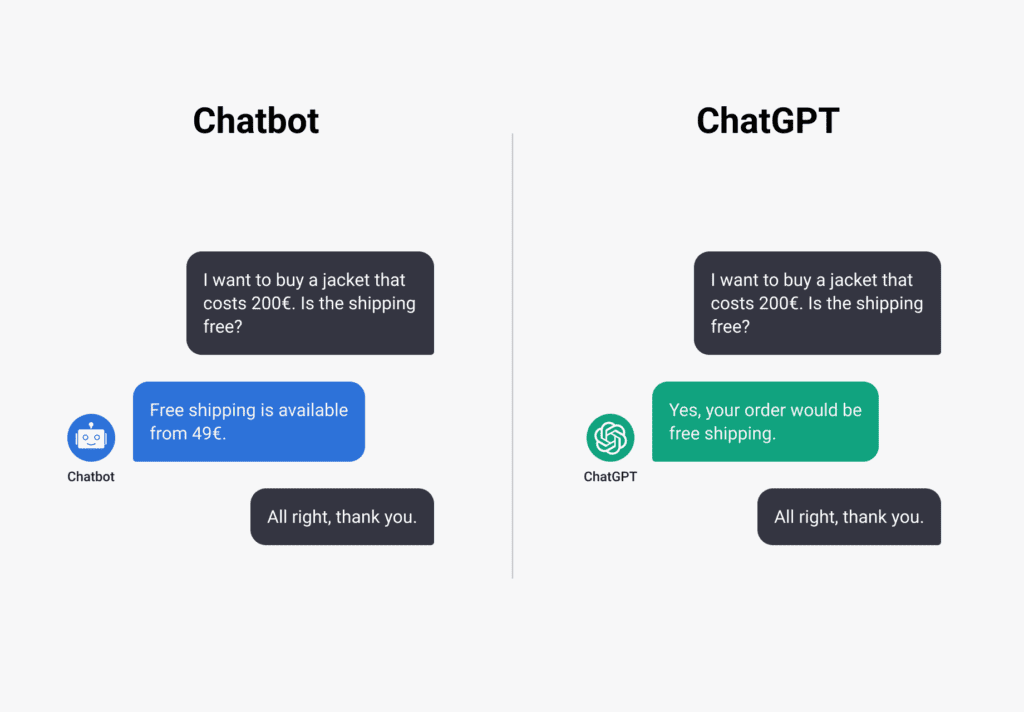

Challenges and Limitations to Consider
Dealing with ambiguous queries
One of the challenges of AI chatbots is handling ambiguous queries and understanding user intent accurately. Ambiguous queries can arise due to misspellings, incomplete sentences, or unclear context. ChatGPT might generate unintended or incorrect responses if the user query is not adequately understood. Mitigating this challenge involves continuously improving the chatbot’s natural language understanding and exposing it to a variety of diverse training data.
Handling offensive or inappropriate language
AI chatbots must be capable of handling offensive or inappropriate language from users while maintaining a professional and respectful tone. Training the model to detect and respond appropriately to offensive or inappropriate language is crucial to ensure a positive customer experience. Implementing robust content filters and moderation systems can help mitigate these challenges and protect both customers and the brand.
Data privacy and security concerns
As AI chatbots interact with customers, they may collect and process sensitive user information. Ensuring the privacy and security of this data is of utmost importance. Businesses must implement appropriate data protection measures, adhere to data privacy regulations, and communicate transparently with users about the collection and use of their data. This helps in building trust and confidence in the chatbot’s handling of sensitive information.
Lack of creative problem-solving abilities
While AI chatbots excel at providing predefined, rule-based responses, they often lack the creative problem-solving abilities of human agents. Certain complex or novel queries may require human intervention or deeper critical thinking. Businesses should be mindful of striking the right balance between automation and human intervention to ensure that customers’ unique and complex needs are adequately addressed.
Avoiding over-reliance on AI chatbots in critical situations
While AI chatbots are valuable tools in customer support, there are situations that may require the intervention of human agents. It is essential to avoid over-reliance on chatbots, especially in critical or sensitive scenarios where human empathy, judgment, or decision-making is crucial. Businesses need to define clear guidelines and escalation processes to ensure that human agents are readily available when needed.
Best Practices for Optimizing AI Chatbot Performance
Continuous learning and improvement
To optimize AI chatbot performance, continuous learning and improvement are vital. Regularly updating the training dataset with new customer interactions, monitoring new trends, and industry-specific knowledge ensures that the chatbot stays up to date and provides accurate responses. Utilizing feedback from customers and agents helps identify areas for improvement and refine the chatbot’s capabilities over time.
Regularly updating knowledge base
Keeping the knowledge base up to date is crucial for AI chatbot performance optimization. As products, services, or policies change, the chatbot’s responses should reflect the latest information. Regularly reviewing and updating the knowledge base helps in providing accurate and relevant responses to customer inquiries, reducing the risk of outdated or incorrect information being relayed.
Monitoring and analyzing chatbot interactions
Continuously monitoring and analyzing chatbot interactions help in identifying patterns, common issues, and areas that require improvement. Monitoring the chatbot’s performance metrics, such as response time, accuracy, and customer satisfaction ratings, helps in evaluating its effectiveness and identifying areas for optimization. Analyzing chatbot interactions also uncovers insights into customer needs and preferences, allowing businesses to tailor their support services accordingly.
Collecting feedback from customers and agents
Feedback from both customers and agents is invaluable for optimizing AI chatbot performance. Actively seeking feedback from customers about their chatbot experience can uncover pain points and areas requiring improvement. Similarly, gathering insights and feedback from human agents who work alongside the chatbot helps in identifying training needs and opportunities for enhancing the chatbot’s capabilities. Regular feedback loops ensure continuous refinement and improvement of the chatbot’s performance.
Balancing automation with human intervention
Optimal AI chatbot performance is achieved by striking the right balance between automation and human intervention. While chatbots can handle routine and straightforward inquiries efficiently, there are cases where human involvement is essential. Identifying the threshold for human intervention and providing easy escalation paths to human agents enables the chatbot to handle most inquiries effectively while ensuring that customers receive the necessary human touch when required.
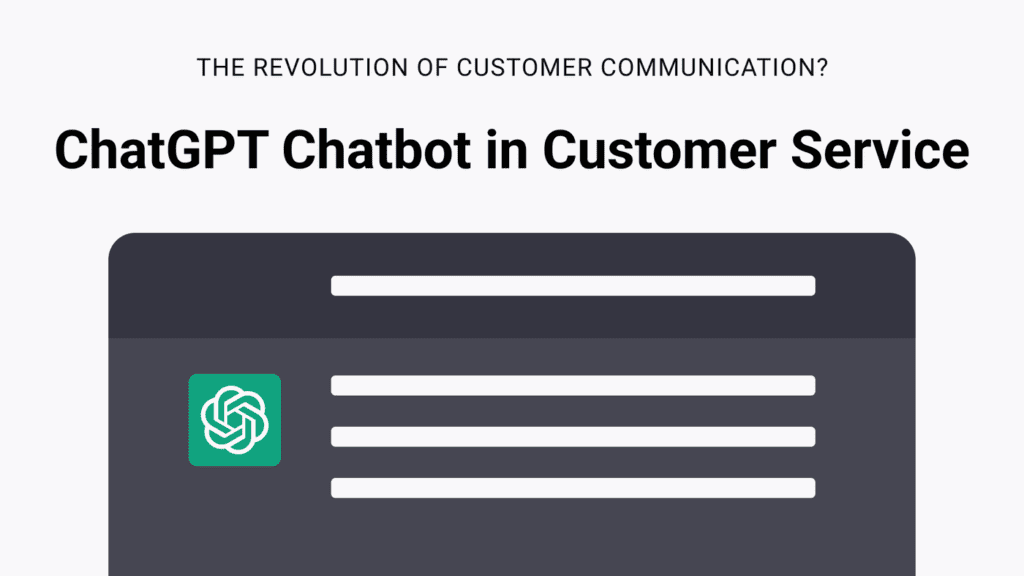

Integration with Existing Customer Support Systems
Choosing the right customer support platform
Integrating AI chatbots requires selecting the appropriate customer support platform that aligns with the business’s requirements and existing infrastructure. The platform should be compatible with the AI chatbot’s capabilities and provide the necessary tools for effective deployment and management. Choosing the right customer support platform is critical for seamless integration and optimal performance.
API integration and customization
API integration allows AI chatbots to seamlessly integrate with existing customer support systems, such as ticketing or CRM systems. This integration ensures that customer interactions are logged and tracked, enabling a comprehensive view of the customer support journey. Customization of the chatbot’s behavior and appearance within the customer support platform enhances the user experience and ensures consistency with the company’s branding.
Integrating with live chat software
Integrating AI chatbots with live chat software enables businesses to offer real-time assistance to customers. The chatbot can handle initial inquiries and gather necessary information, while human agents can join the conversation when needed. This integration allows for a smooth transition between the chatbot and human support, ensuring a seamless customer experience and efficient handling of inquiries.
Managing handover between chatbots and human agents
Effective integration involves ensuring a smooth handover between the chatbot and human agents. Clear communication channels and defined escalation paths help facilitate this transition. When the chatbot reaches its limits or encounters complex issues, it should seamlessly transfer the conversation to a human agent who can provide more personalized assistance. Managing handovers effectively is crucial for maintaining a positive customer experience.
Retaining customer context during transfers
During the handover process, it is essential to retain the context of the customer conversation. Passing on relevant information when transferring the conversation from the chatbot to a human agent helps the agent understand the customer’s query quickly, avoiding repetition and frustration. Retaining customer context is crucial for maintaining a seamless experience and ensuring efficient problem resolution.
Real-world Case Studies of AI Chatbot Implementation
Improving response time and efficiency at XYZ Corporation
XYZ Corporation, a global technology company, implemented ChatGPT in their customer support to improve response time and efficiency. By automating routine inquiries and providing instant responses, ChatGPT significantly reduced the customer wait time. This improvement resulted in increased customer satisfaction and reduced agent workload, allowing the support team to focus on complex issues and provide a higher level of personalized assistance.
Enhancing customer satisfaction in the e-commerce industry
An e-commerce company leveraged AI chatbots to enhance customer satisfaction. By integrating ChatGPT with their live chat software, the company was able to respond to customer inquiries in real-time. The chatbot’s ability to generate user-like responses and assist with product recommendations resulted in improved customer engagement, leading to higher conversion rates and overall customer satisfaction.
Streamlining customer support for a global telecom provider
A leading global telecom provider sought to streamline their customer support process. By implementing ChatGPT, the provider automated routine inquiries and troubleshooting assistance. ChatGPT’s multilingual support and contextual understanding allowed the provider to serve a diverse customer base effectively. The chatbot’s integration with their ticketing system ensured a seamless transition between the chatbot and human agents, resulting in reduced response times and increased customer satisfaction.
Automating routine inquiries in the banking sector
A major bank aimed to automate routine inquiries to improve customer support efficiency. ChatGPT was integrated with their customer support platform, enabling the chatbot to handle common banking inquiries such as account balance checks, transaction history queries, and loan information. By automating these routine inquiries, the bank was able to significantly reduce the workload on their support team, resulting in faster response times and improved customer satisfaction.
Reducing costs and agent workload in a healthcare organization
A large healthcare organization deployed ChatGPT to automate appointment scheduling and provide basic medical advice to patients. The chatbot’s natural language processing capabilities allowed it to understand patient queries accurately and provide appropriate responses. As a result, the organization experienced reduced costs, as fewer human agents were required for appointment scheduling, and the support staff could focus on more complex healthcare inquiries.
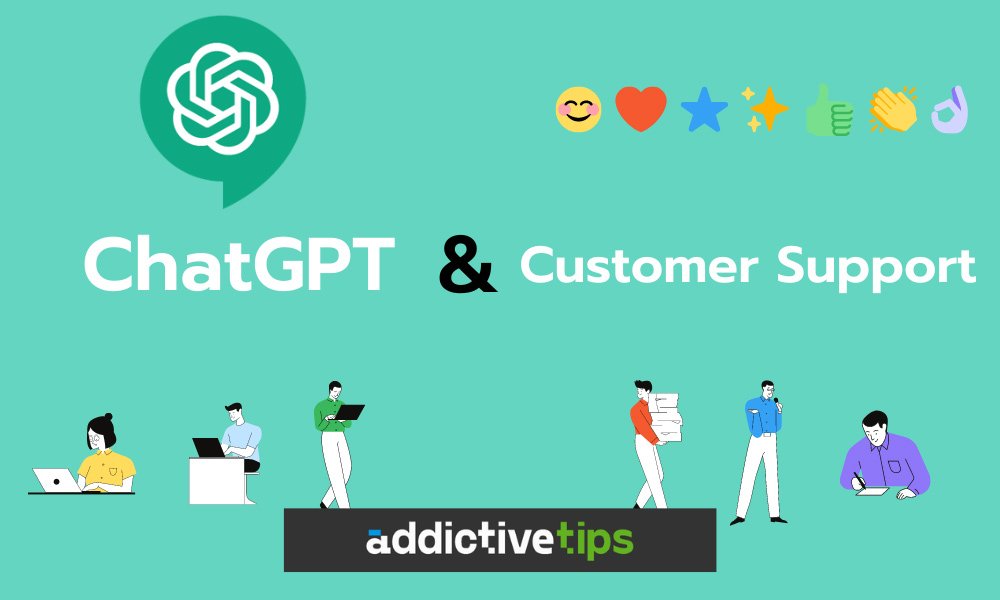

Ethical Considerations in AI Chatbot Implementation
Transparency and disclosure of bot identity
It is essential to be transparent about chatbot identity to avoid potential user confusion or deception. Clearly indicating that the customer is interacting with an AI chatbot helps manage user expectations and ensures trust in the interaction. Businesses should disclose the chatbot’s identity at the beginning of the conversation to provide users with a clear understanding of who they are interacting with.
Avoiding biased or discriminatory responses
AI chatbots must be trained and monitored to avoid biased or discriminatory responses. Careful curation of the training dataset can help minimize biases, but regular monitoring of the chatbot’s interactions is essential to identify and address any unintended biases. Implementing robust content filters and moderation systems ensures that the chatbot adheres to ethical guidelines and provides unbiased and fair responses to all users.
Handling sensitive user information
Businesses must handle sensitive user information collected by AI chatbots with utmost care. Implementing necessary security measures, such as encryption and access controls, ensures the confidentiality and integrity of user data. Clear communication with users about data protection measures and obtaining their informed consent for data collection and usage help establish trust and adherence to data privacy regulations.
Guarding against malicious use or social engineering
AI chatbots can potentially be manipulated or exploited by malicious individuals for unethical purposes. To guard against malicious use or social engineering, businesses must implement safeguards such as content filtering, blacklisting offensive language, and monitoring for suspicious or inappropriate behavior. Regularly updating the chatbot’s defense mechanisms helps mitigate the risk of misuse.
Responsible handling of data and user privacy
Responsible handling of data and user privacy is paramount in AI chatbot implementation. Businesses should adhere to data protection regulations, including data encryption, secure storage, and limited access to sensitive information. Regular audits of data handling processes and communication of privacy policies demonstrate a commitment to user privacy and build trust in the chatbot’s operations.
Future Trends and Innovations in AI Chatbots
Advancements in natural language processing
Advancements in natural language processing techniques will continue to enhance the capabilities of AI chatbots. Improved language understanding, sentiment analysis, and context recognition will enable chatbots to provide more accurate and relevant responses, further enhancing the customer experience.
Integration with voice assistants and smart devices
The integration of AI chatbots with voice assistants and smart devices is a growing trend. This integration allows customers to interact with chatbots through voice commands, expanding the accessibility and convenience of customer support. Voice-activated chatbots can be integrated into virtual assistants such as Amazon’s Alexa or Apple’s Siri, enabling customers to interact with the chatbot using their preferred voice interface.
Emotional intelligence and empathy in chatbots
The future of AI chatbots includes advancements in emotional intelligence and empathy. Chatbots will be trained to understand and respond to users’ emotions, providing empathetic and nuanced support. Emotional intelligence capabilities will enable chatbots to recognize and adapt to the user’s emotional state, leading to more personalized and empathetic interactions.
Enhanced personalization and user profiling
AI chatbots will continue to evolve towards providing highly personalized customer support. By leveraging user profiling and data analytics, chatbots will have the ability to tailor responses, product recommendations, and assistance to each individual customer’s preferences and needs. This level of personalization contributes to a more satisfying customer experience and strengthens customer loyalty.
Integration with augmented reality (AR) for visual support
The integration of AI chatbots with augmented reality (AR) technology holds immense potential for visual support. AR-enabled chatbots can assist customers by providing real-time, visual guidance through smartphone cameras or AR glasses. This technology can help customers troubleshoot technical issues, assemble products, or provide guided tours, enhancing the effectiveness and efficiency of customer support.
In conclusion, AI chatbots offer numerous benefits for enhancing customer support. From improved response time and 24/7 availability to reduced human error and increased customer satisfaction, businesses can leverage AI chatbots to streamline their support operations. ChatGPT, with its advanced natural language processing, contextual understanding, and multilingual support, is a powerful tool for delivering exceptional customer experiences. By carefully implementing and optimizing AI chatbots, businesses can revolutionize their customer support processes and stay ahead in the age of automation.
